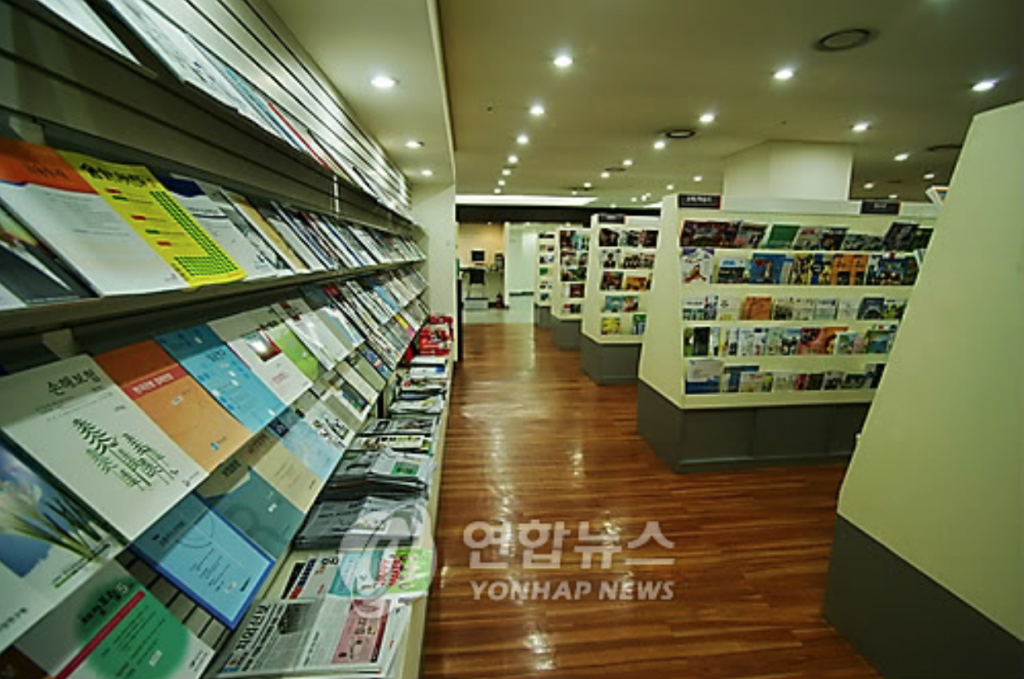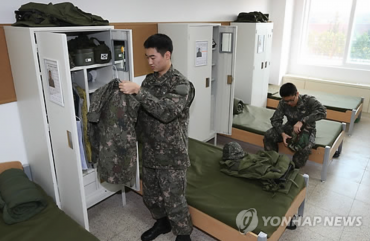SEOUL, Aug. 22 (Korea Bizwire) – With the coming of the mobile era, company newsletters have rapidly become bygone relics of the past. But even the few companies that insisted on publishing printed editions of their newsletters have recently decided to change formats, which, according to industry watchers, is partly due to the new anti-graft law.
Taking effect on September 28, the new legislation is also known as the Kim Young-ran Law, named after the former head of the Anti-Corruption and Civil Rights Commission. The law prohibits public officials, journalists and private school faculty from accepting meals exceeding 30,000 won (US$26.95), gifts in excess of 50,000 won, and money for congratulations or condolences (weddings, funerals) of over 100,000 won.
But because the law labels company newsletters as periodic publications to be governed by the enactment, it also deems related personnel as journalists, which in turn has compelled companies to take measures to avoid unnecessary legal complications.
“We believe the lack of comprehensiveness of the law has resulted in such awkward circumstances, labelling company workers publishing newsletters as journalists,” said an official from an unnamed major corporation in Korea.
Samsung Group has decided to discontinue the publication of ‘Samsung & You’, an online biweekly newsletter. It started publishing the printed newsletter in July 2009, and the periodical was converted to a webzine in January 2015. And now, with the August 16 edition being the last of its kind, Samsung & You will disappear entirely, and the group will only use its main blog and homepage to distribute its company news.
However, a Samsung spokesperson said that its decision was not driven by the Kim Young-ran Law, and that the company only wished to communicate with its readers more frequently by providing its news more often.
Another Korean conglomerate, Hyundai Motor Group, currently issues an in-house newsletter called ‘Motors Line’, while its affiliates Hyundai Motor Company and Kia Motors publish ‘Hyundai Motors’ and ‘Kia World’. Although the company said that it will not discontinue its newsletters, officials are examining their options in order to make sure that the publications are not affected by the upcoming law.
However, not all industry watchers agree that the anti-graft law is the driving force behind the death of company publications, with some suggesting that the practice is instead the inevitable byproduct of a new technological era.
Hanwha Group, for example, discontinued its company magazine ‘Hanwha, Hanwha-in’ in June, weeks before the law was passed. The newsletter was replaced instead with Channel H, a multimedia platform for in-house news and communications.
Tech giants like Samsung and LG Electronics abolished their printed magazines back in 2009 and 2012, respectively, while POSCO, a Korean steel giant, also replaced its printed news, POSCO News, with POSCO Media in September 2015.
By Lina Jang (linajang@koreabizwire.com)







